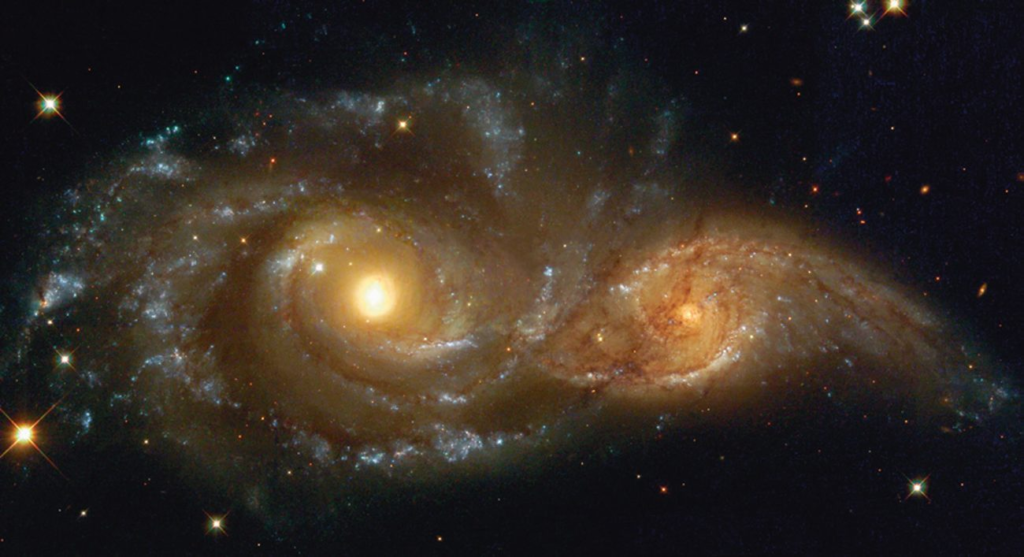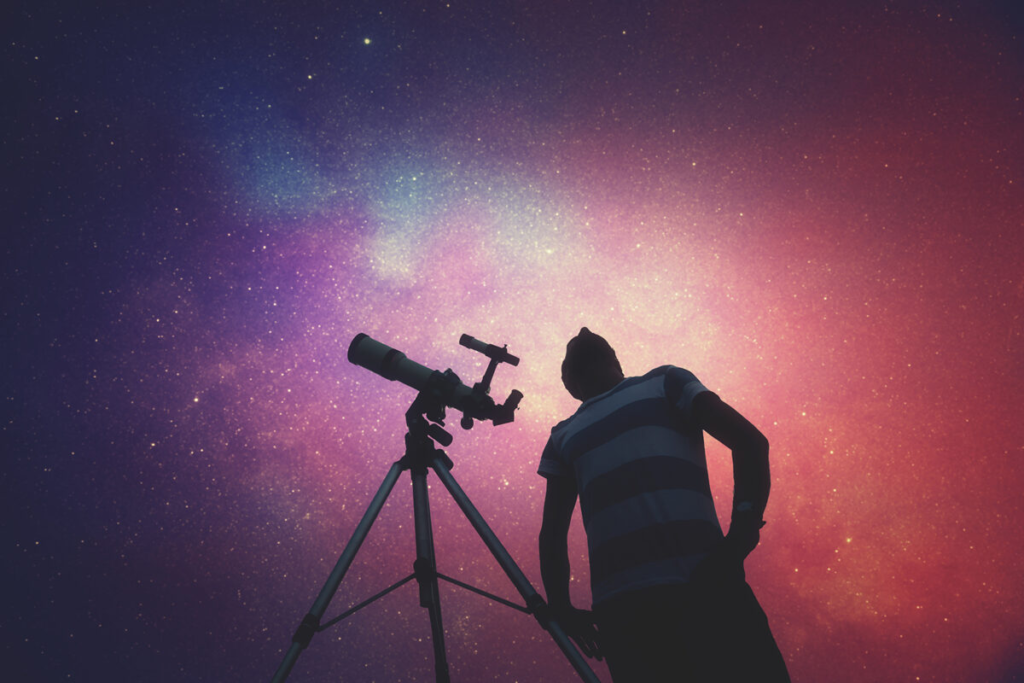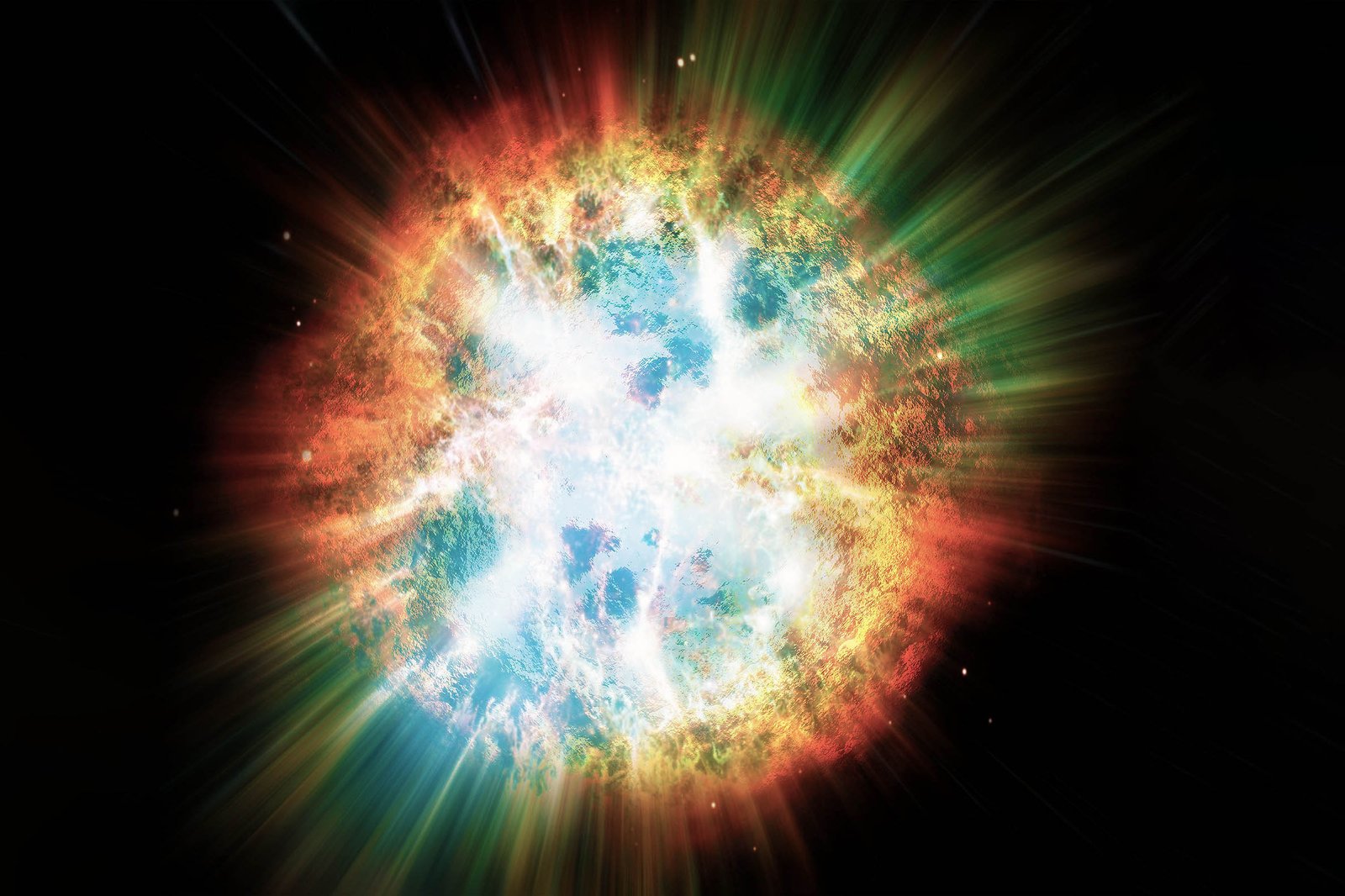In the infinite cosmos, where diamonds of stardust twinkle, the scene will be set for one of the rarest cosmic shows ever. Some time between now and September, Explosion in Corona Borealis scene set into motion by gravitational force explodes into existence from a distance of 3,000 light-years out, bringing a dark curtain in the cosmos. In this stellar ballet, there is a binary star system, also known as the “northern crown” in the constellation Corona Borealis, nestled in darkness and obscurity. However, every 80 years or so, this stellar couple will perform a cosmic dance again, an entrancing, deadly phenomenon witnessed by the cosmos.

Locked in a deadly embrace, two luminous stars dance to their death. Their interplay triggers a cosmic explosion with nuclear proportions. The performance of the binary star system, in its allure of lethal rhythms, marks the end of its task. This will be the Explosion in Corona Borealis, a rare spectacle!
The Cosmic Eruption: The Birth of a Star

When the crescendo of the cosmic symphony is achieved, the binary star system sends a shower of light over the vast expanse of space. To the naked eye, it looks as if a new star, by its luminous and splendid presence, has appeared amongst us. This ephemeral explosion in Corona Borealis of cosmic splendor, akin to fireworks over the canvas of infinity, is an enchanting sight for every eye.
The Nova’s Enigma: Unraveling the Mysteries

This heavenly show, known as a nova, has captured the imagination of astronomers since its discovery by the great visionary polymath John Birmingham in 1866. Reappearing in 1946, this mystical event still captivates and inspires, offering tantalizing glimpses into the workings of the universe. Among those longing for its ethereal encore is Sumner Starrfield, a renowned astronomer at Arizona State University, who has spent decades trying to unravel the mysteries behind Explosion in Corona Borealis.
The Ballet of Death: A Celestial Tango

Centered in this cosmic dance of death is the red giant and the white dwarf, dancing a waltz that cannot be described. The red giant, a dying star at the end of its life, swells to colossal proportions, while its partner, the white dwarf, waits for the inevitable: a fate identical to our own sun in its distant future. Their symbiotic relationship sets the stage for the nova’s spectacular display—a crescendo of cosmic fireworks.
Looking at the Cosmic Symphony: A Call to Skywatchers

With the nova’s timeline beginning, the world’s armchair astronomers bated their breath as they awaited their shot at the cosmic spotlight. Geared with their telescopes and an unquenchable desire for knowledge, they stood ready to observe history unfold in the great canvas of the cosmos. From seasoned stargazers to curious newcomers, all were invited to look upwards, towards the constellation Corona Borealis, and experience the birth of a new star—a fleeting taste of eternity in the inky tapestry of the cosmos.
A Celestial Legacy with Explosion in Corona Borealis
As the cosmic curtain rises for this once-in-a-lifetime event of the explosion in Corona Borealis, let us wonder at the wonders of the universe and ponder our place in an infinite expanse. In the dance of the stars, we find echoes of our own existence—a reminder of the transient nature of life and the enduring legacy of the cosmos a natural phenomenal in the earth and great for us. Let us embrace this celestial spectacle before us and cherish the beauty of the night sky, for it is a testament to boundless wonders that await us in the great beyond.
For more updates – Today News






































